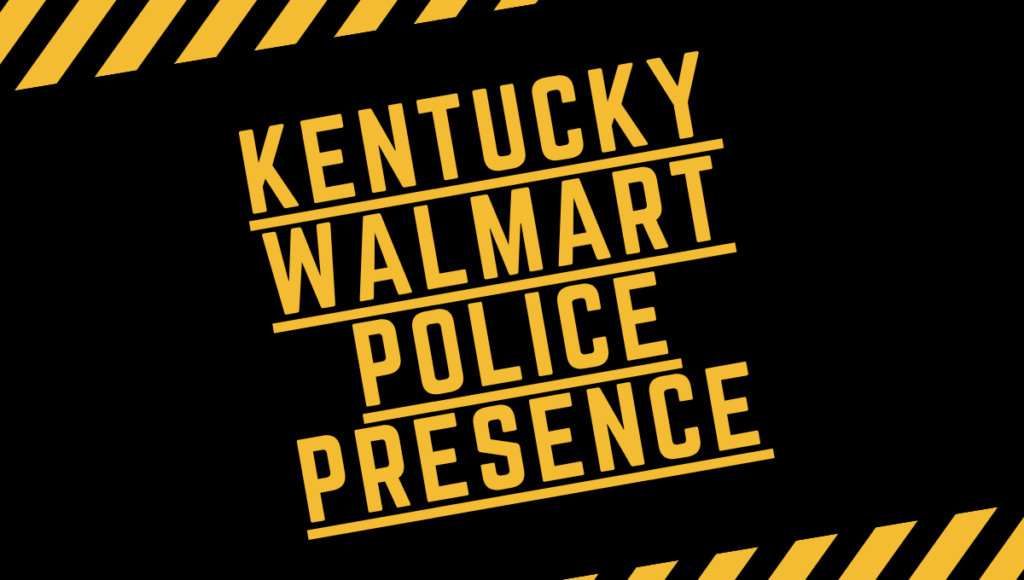1. Understanding the Surge in Law Enforcement at Kentucky Walmarts
This shift is not driven by a single policy but by local store needs and close coordination between Walmart management and municipal police departments.
2. Drivers Behind the Increased Patrols
One of the primary reasons for the presence is a rise in retail theft, particularly involving organized shoplifting rings targeting electronics and high-value goods—a trend mirrored statewide in Kentucky.
Additionally, Walmarts often function as public gathering places, attracting incidents related to homelessness, substance abuse, and mental health crises. In many areas, police are the default responders to these calls due to the lack of specialized social services.
3. Store-Level Partnerships and On-Site Strategies
Several stores now operate with on-site or regularly stationed police officers, part of formal partnerships between Walmart and local law enforcement. These arrangements help streamline incident responses and boost prevention efforts.
In Louisville, for instance, some Walmarts host permanent police substations to reduce response times and deter criminal activity effectively.
4. How Law Enforcement Sees High-Traffic Retail Zones
From a policing perspective, Walmarts are high-frequency dispatch points, with calls ranging from theft and disturbances to wellness checks. Having officers on-site alleviates resource strain and enables rapid intervention.
Many departments also see these locations as strategic points for community engagement—officers meeting shoppers, assisting with vehicles, or offering general support while maintaining visibility.
5. Retail Technology and Loss Prevention Synergy
Walmart supports its security measures with advanced technologies, including AI-assisted surveillance, real‑time video monitoring, license plate readers, and smart self-checkout alerts. These systems enhance data sharing with police and facilitate quick offender identification.
Asset Protection Associates work alongside private security teams, coordinating with police when incidents escalate beyond internal protocols.
6. Tangible Security and Safety Benefits
Reports from Lexington show a roughly 30% decline in shoplifting after implementing regular patrols or officer presence within stores.
Similarly, in Bowling Green and rural communities, routine patrols and store‑based partnerships have led to fewer complaints and visible comfort among customers and staff.
7. Concerns: Surveillance, Profiling, and Over-policing
Some shoppers—especially in marginalized communities—express discomfort with constant police visibility, citing fears of over-policing or being unfairly profiled for minor infractions or loitering.
Civil rights advocates stress the need for transparency in how these policing practices are enacted and how they impact community trust.
8. Public Use vs. Retail Space Dynamics
These roles complicate expectations around policing: stores become places for both consumption and social interaction, requiring nuanced approaches beyond traditional law enforcement.
9. Policy, Training, and Procedural Safeguards
Best practices among police-Walmart partnerships include clear definitions of infractions, regular de-escalation training, and policy reviews between store and law enforcement leadership quarterly.
Agreements often outline legal rights, detention protocols, and reporting standards to protect civil liberties while reducing liability risk for both parties.
10. Looking Ahead: Alternatives and Reform Conversations
Some Kentucky community groups are advocating for alternatives to traditional policing in retail spaces—such as onsite social workers, mental health teams, or conflict resolution specialists—to reduce burden on law enforcement and better support vulnerable individuals.
Meanwhile, public feedback continues to evolve: many recognize safety benefits, while others push for more transparency about who funds the presence, how data is used, and how community trust is maintained.


